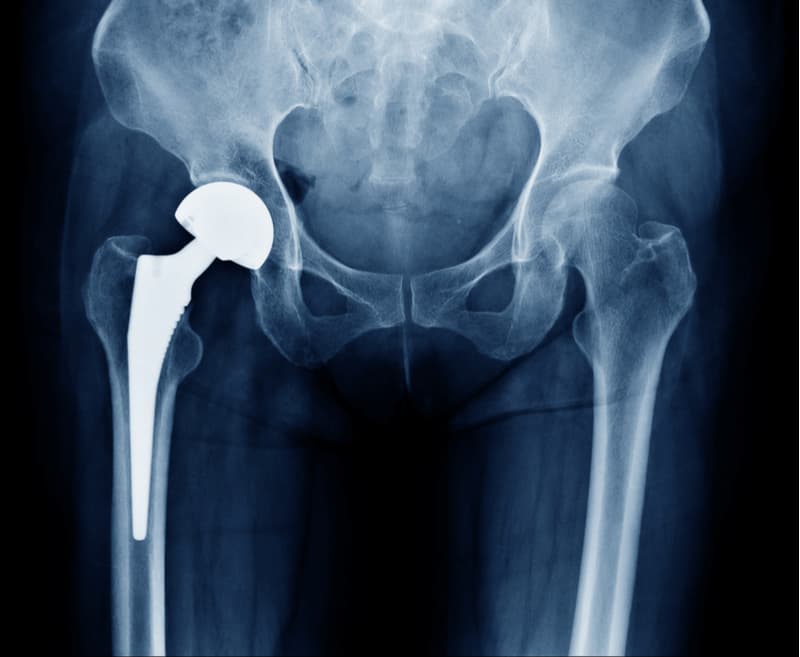by Mr Jamie Buchanan, Consultant Orthopaedic Surgeon, MB BS, FRCS (Orth)
Shoulder replacements have been around for many years but have not enjoyed the same level of success as hip and knee replacements. This is due to the very different anatomy of the joint, the thin nature of the arm and shoulder blade bones and the fact that the muscles around the shoulder deteriorate with age.
Unlike the lower limb most people can cope with a degree of pain or stiffness in the shoulder without being hugely disabled. For many, arthritis of the shoulder is something they live with as most day-to-day tasks can still be completed. Simple painkillers such as paracetamol and anti-inflammatory painkillers such as ibuprofen can help control the pain and regular moderate exercise can help to reduce stiffness in an arthritic shoulder.
When pain becomes the principle symptom, this should be considered the driving force to consider a shoulder replacement. There are several different types of shoulder replacement surgery; total shoulder replacement, shoulder resurfacing, hemiarthroplasty and reverse geometry shoulder replacement. A consultant will select the best type for their patient depending on the quality of bone as well as the strength of the muscles around the shoulder joint.
We are fortunate that in the last five years there have been dramatic improvements in design and materials of the artificial joints (prostheses) which now offer much greater stability of fixation in the thin bones of the shoulder. In addition the “reverse geometry” shoulder replacement (where the normal arrangement of the ball and socket is swapped in order to allow the deltoid muscle to work more efficiently) allows for a reasonably functioning joint even in the presence of poor muscle tissue.
What does shoulder replacement involve?
At The Horder Centre we are able to offer the most modern type of shoulder replacement which include the traditional “anatomic” and the “reverse geometry” designs. On some occasions replacing just the ball and not the socket with a hemiarthroplasty may be required.
Patients can expect this operation to be done under general anaesthetic and are usually in hospital 1–3 nights. Though a sling is worn in the post-operative period we try to regain movement as early as possible with the careful guidance of our physiotherapists.
Patients should avoid heavy loads to help the new joint last longer. It may take up to 3 months before patients can return to work, depending on their type of work and heavy manual activities aren’t recommended at any time following shoulder replacements. This is because heavy activity can loosen the replaced parts in the bone and damage the artificial joint.
Results of shoulder replacement surgery are good in terms of pain relief. Range of movement is difficult to predict but, with the relief of pain, a more comfortable range is usually achieved.
What makes Horder Healthcare unique
Horder Healthcare is committed to providing the very best quality of care for our patients and customers. We are continuously working on improving and reducing risks and this is reflected in our consistently high CQC results, patient satisfaction questionnaires and minimal levels of infection.
We are a charity
We reinvest our profit to benefit more people and help us achieve our aim of advancing health.






